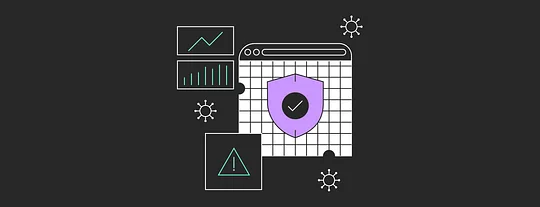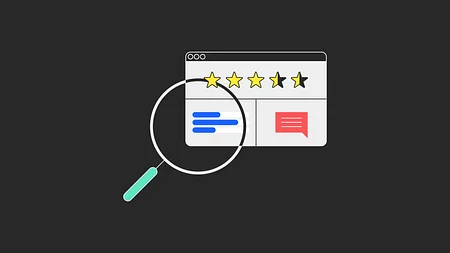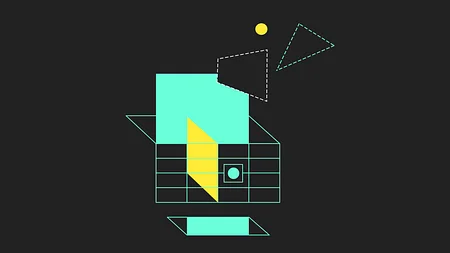How have insurance products changed in the last few years?

In a recent episode of our Insurtech Insider podcast, Nigel Walsh and John Bean sat down with some fantastic guests to chat about the good, the bad and the ugly. No, not the seminal spaghetti Western with the Ennio Morricone score.
I am talking, of course, about insurance products. And in particular, how the product landscape in the insurtech space has changed over the last few years. You can listen to that here. Or you can read on for a more…written version.
So how did we get here?
The last few years have been, um, eventful. For better or worse, Covid ushered the insurance industry into the limelight. It gave customers pause to reassess what they were paying for. It forced people online and exposed holes in the UX. It closed offices and packed everyone off to their living rooms in a matter of weeks. And here I still am. In my dressing gown.
More businesses started selling online and cybercrime was hot on their heels. It sure went up a notch.
Real-time data sets are now in vogue. As is ESG and the recent-ish COP26. Expect more personalisation, more digitisation and more products. I guess the question that remains is - have we gotten faster at digitising the old world? Or have we reimagined things in a different way? Dare I say, a truly digital way? We’re not quite there yet.
I guess the question that remains is - have we gotten faster at digitising the old world? Or have we reimagined things in a different way?
What are some big products from the last few years?
And with that we’re onto the meat of the show. Which products have come to market in the last few years? What have they done well? Which issues remain unsolved?
A few examples that immediately spring to mind are Demex, Notable and SoleSafe - unique propositions aimed at assessing climate risk, automating healthcare admin and insuring sneakers!
Cyber is never far from the agenda. It’s one of the biggest and most comprehensive policies on the marketplace, after all. Demand is huge and innovation is fast. But there are still gaps.
And speaking of gaps, Founder Shield are looking at losses caused by cloud outage. When systems go kaput, your policy doesn’t kick in for at least an hour. This unprotected period leaves the biggest bruise, and the answer could lie in parametric insurance. One to keep an eye on.
The future also looks a lot more specific. Rather than highly-commoditised products covering a wide range of risks, the last couple of years has seen a lot of personalisation. It’s great news for the customer and particularly reaching the underinsured. Here’s hoping it continues.
Rather than highly-commoditised products covering a wide range of risks, the last couple of years has seen a lot of personalisation.
One company who deserve a pat on the back for this are VanderSat. The Dutch insurtech provide global satellite data for crop status and water availability. In 2019, worldwide drought damage totalled $22bn. Just $2bn was covered by insurance. And here’s another gut punch - over 90% of farmers’ agricultural losses remain uninsured. VanderSat came just in time, then.
What about the disappointments?
I don’t want to linger on this for too long because I’m a glass-half-full-kinda guy, but what has promised a lot and failed to deliver in recent memory?
Back Me Up from Ageas. The millennial-focused policy allowed customers to cover three items, including possessions and travel insurance, and emphasised flexibility and simplicity.
But it was put out to pasture. You can’t be too sentimental about these things.
They think it’s all over…it is now
So that’s the changing product landscape in the insurance industry over the last few years. If this was right up your street, you should check out our Insurtech Insider podcast. We get into all things insurtech with awesome guests.
And now that that’s done, I fancy watching a film. Hmm. Maybe a Western. Something epic. Italian. Ideally with Clint Eastwood. An antihero with no name. Ah! A Fistful of Dollars it is.



